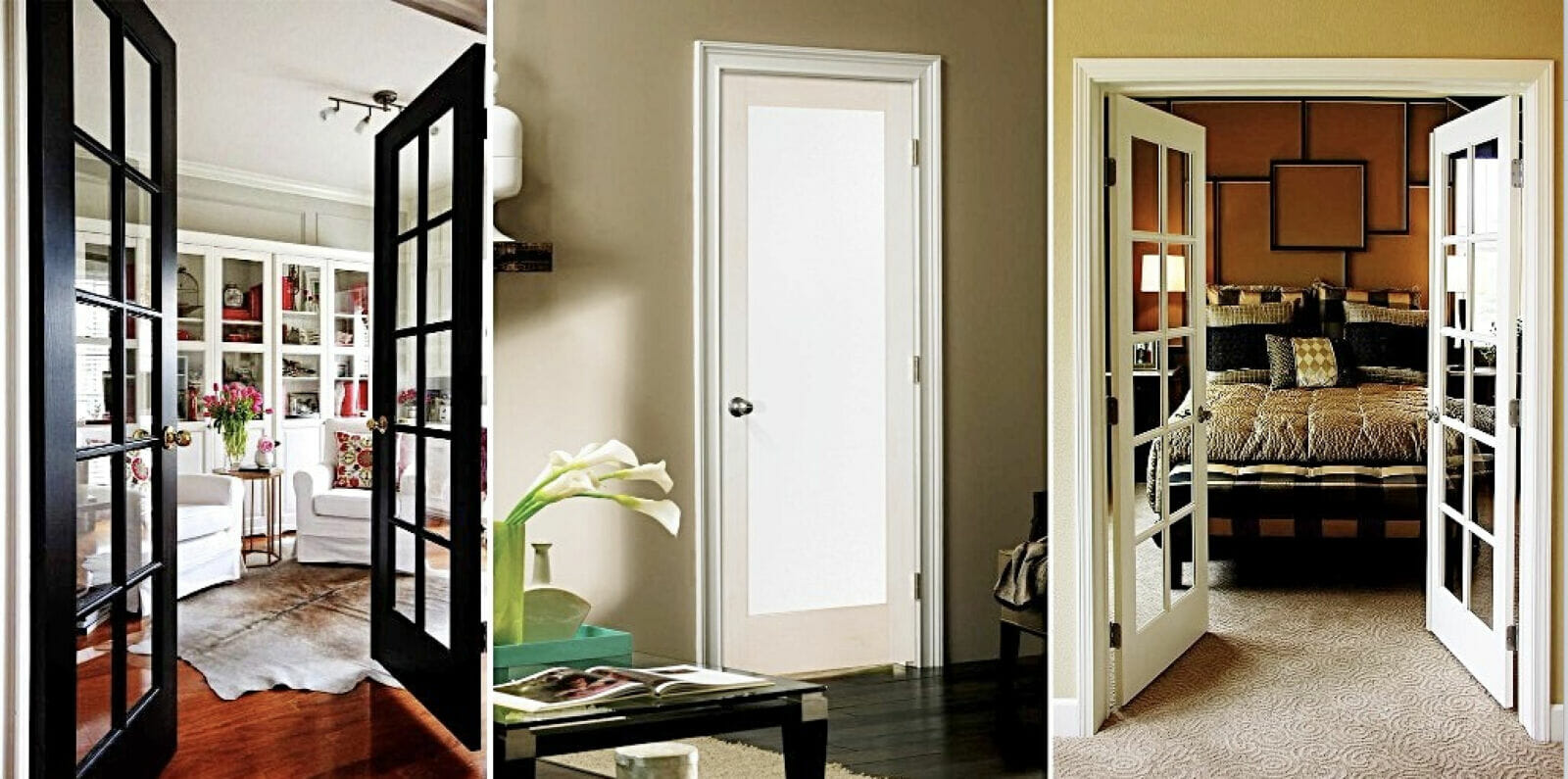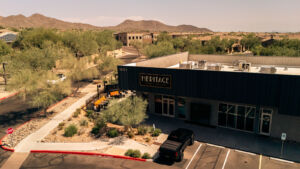French doors are an elegant and practical interior solution. They add sophistication and charm to any space, allowing it to feel lighter and airier. But what types of French interior doors exist? Let’s figure it out.
History of interior of French doors
Origin in the Renaissance
Although the origins of many architectural elements are rooted in ancient times, specific prototypes of French doors appeared in the Renaissance. At this time, the ideas of enlightenment and focusing on the comfort and aesthetics of living were actively developing. Light and space became more valued, and architects began looking for ways to bring more natural light into spaces.
Golden Age under Louis XIV
French doors gained the greatest popularity during the reign of Louis XIV. The king, known for his passion for luxury and splendor, gave impetus to the development of art and architecture in France. It was in his palace at Versailles that French doors became an integral element of the interior, symbolizing grandeur and sophistication.
Evolution and adaptation to the masses
Door design continued to evolve in the 18th and 19th centuries. If initially they were a luxury item and were available only to the aristocracy, then over time, thanks to the development of production technologies, they became more accessible to the middle class.
By the end of the 19th century, French doors could already be found in many city houses and cottages, adapting to different architectural styles and the needs of the owners.
Modern interpretations
In the 20th and 21st centuries, French doors have become a symbol not only of elegance, but also of functionality. With the development of artificial lighting technology and modern building materials, doors began to perform more functions, including soundproofing and thermal insulation.
How many glasses?
Traditional French doors feature glass inlays that add light and airiness to the space. Usually these are large glass panels, divided into several equal parts by wooden or metal bindings. However, depending on the design and size of the doorway, the number of glass panels can vary from 2-4 to 10 or more.
Design and color
In addition to the classic design with rectangular or square glass sections, there are also more modern designs with arched or oval shapes. The color of the frame usually depends on the chosen material: wooden frames can be painted in any color, from natural wood tones to bright and contrasting ones.
What kind of interior fit?
- Classic interior. French doors fit perfectly into baroque, rococo or classicist interiors. Light or golden frame shades, as well as exquisite handles, will add an atmosphere of luxury.
- Modern interior. For laconic and minimalist interiors, doors with simple geometric shapes and neutral frame colors are suitable.
- Rural style or “country”. Wooden French doors in natural shades are combined with stone or wooden decor elements, creating a cozy and romantic atmosphere.
- Loft and industrial style. French doors with metal elements or black frames will harmonize with “raw” brick or concrete walls.
1. Classic French doors.
These doors usually have full-length glass inserts that are framed by wood or metal partitions. They are ideal for spaces where maximum natural light is needed, such as between a living room and a balcony.
2. Double French doors.
They consist of two wings that can open both outward and inward. They are often used as entry or exit doors to a terrace or garden.
3. French doors with blinds.
For those who want to add a little more privacy, some French doors come with built-in blinds. This allows you to adjust the level of light penetration and provides additional insulation.
4. Sliding French doors.
These doors combine the style of traditional French doors with the practicality of modern sliding designs. They are great for saving space and provide a wide, obstruction-free opening.
5. French doors with frosted glass.
For those looking for a little more privacy but don’t want to sacrifice light, there are frosted glass doors. They provide some degree of privacy without blocking natural light.
6. French doors in various materials.
In addition to traditional wooden doors, there are also French doors made from aluminum, steel and even vinyl. Each material has its own advantages depending on the needs and preferences of the owner.
Conclusion
French doors are not just a stylish interior addition, they are also a functional solution for creating a bright and open space. There are many varieties to suit everyone’s needs and tastes. The choice is always yours!




